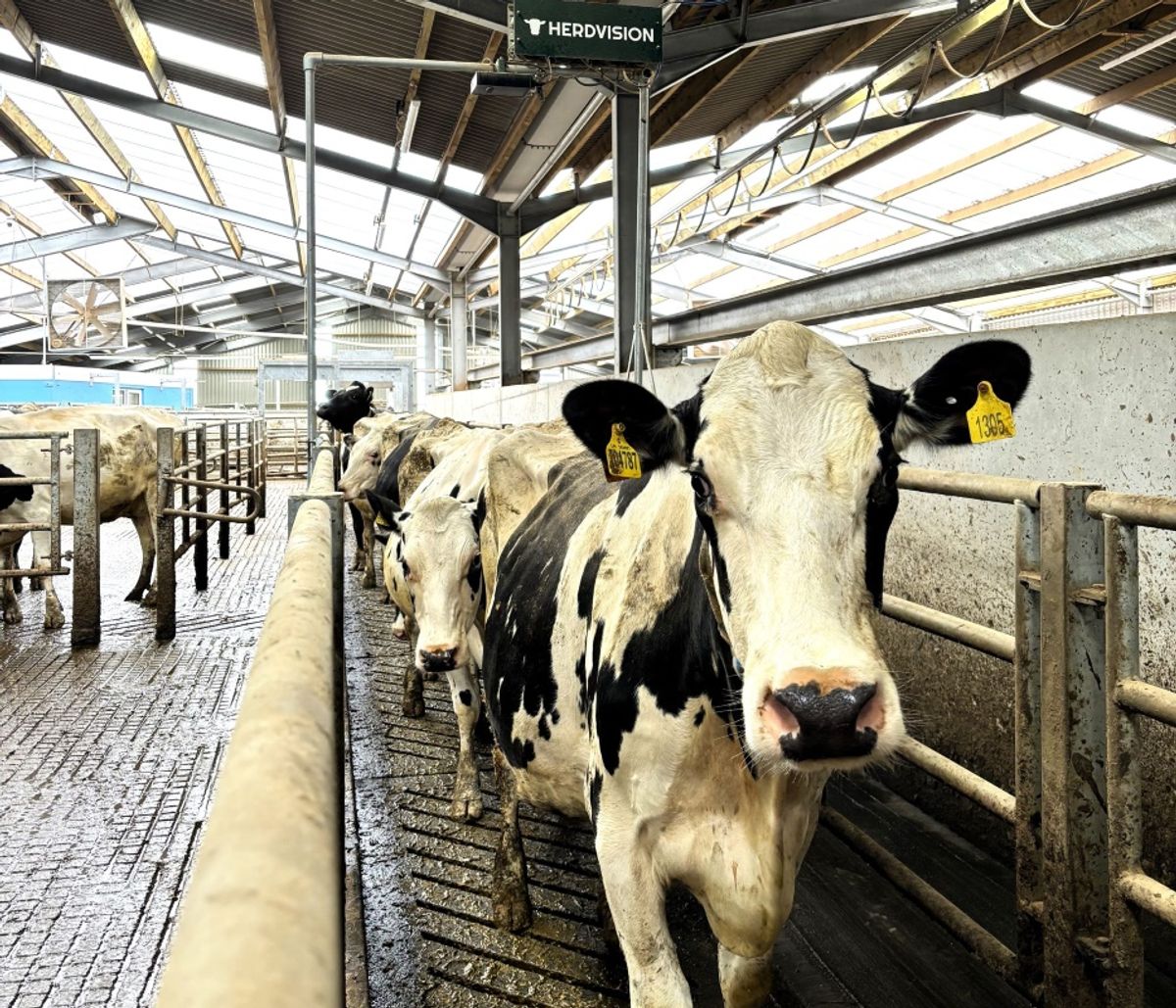Summary
Titanium integrates smart devices for predictive maintenance and indoor climate optimization. Adaptis.ai simulates life-cycle carbon and cost impacts across retrofit options, empowering owners to act on both sustainability and financial performance.
Source: Commercial Observer

AI News Q&A (Free Content)
Q1: How do Titanium's smart devices contribute to predictive maintenance and indoor climate optimization?
A1: Titanium's smart devices are designed to enhance predictive maintenance by collecting and analyzing real-time data from building systems. This allows for timely identification of potential issues before they become critical, reducing downtime and maintenance costs. The devices also optimize indoor climate by adjusting HVAC systems dynamically, ensuring efficient energy use and maintaining comfortable indoor conditions.
Q2: What role does Adaptis.ai play in assessing life-cycle carbon and cost impacts in building retrofits?
A2: Adaptis.ai simulates various retrofit scenarios to assess their life-cycle carbon emissions and cost impacts. By providing detailed simulations, it empowers building owners to make informed decisions that balance sustainability with financial performance, encouraging more eco-friendly and cost-effective building upgrades.
Q3: What are the latest developments in sustainable building practices, and how do they align with climate change mitigation strategies?
A3: Recent advancements in sustainable building practices include the integration of renewable energy systems, such as solar panels and wind turbines, into building designs. These practices align with climate change mitigation strategies by reducing reliance on fossil fuels and lowering greenhouse gas emissions. Additionally, smart building technologies are being implemented to enhance energy efficiency and optimize resource use, contributing further to sustainability goals.
Q4: How does the concept of loss and damage relate to climate change and building certifications?
A4: Loss and damage in climate change refers to the negative effects that are unavoidable despite mitigation and adaptation efforts. In the context of building certifications, this concept underscores the need for adaptive standards that can address both anticipated and unforeseen climate impacts on buildings, ensuring resilience and safety over time.
Q5: What are the challenges and opportunities in implementing quantum dot luminescent solar concentrator glazing in buildings?
A5: Quantum dot luminescent solar concentrator glazing offers the dual benefits of energy generation and visible light communication. Challenges include ensuring the durability and efficiency of these materials in real-world conditions. However, the opportunity lies in their ability to integrate seamlessly into building designs, providing a sustainable energy source while maintaining aesthetic appeal and functionality.
Q6: In what ways can smart energy IoT frameworks improve the energy efficiency of buildings?
A6: Smart energy IoT frameworks improve building energy efficiency by using sensors and data analytics to monitor and control energy usage. They enable location-based energy management, adjusting systems based on occupancy and usage patterns. Additionally, these frameworks can integrate renewable energy sources and optimize their use, further enhancing sustainability.
Q7: How do current climate change mitigation policies affect the development of sustainable building certifications?
A7: Current climate change mitigation policies drive the development of sustainable building certifications by setting targets for emissions reductions and energy efficiency. These policies encourage the adoption of green technologies and practices in building design and operation. However, the effectiveness of these certifications depends on their ability to adapt to evolving climate scenarios and incorporate the latest scientific and technological advancements.
References:
- Certification Grade Quantum Dot Luminescent Solar Concentrator Glazing with Optical Communication Capability for Connected Sustainable Architecture
- An Internet of Things Framework for Smart Energy in Buildings: Designs, Prototype, and Experiments





